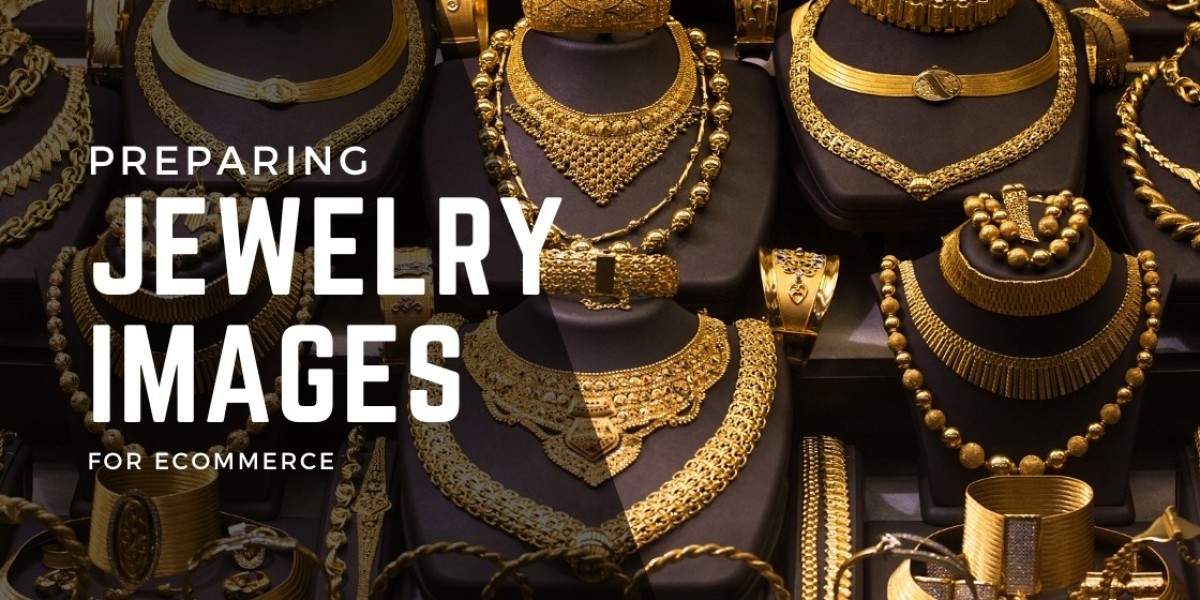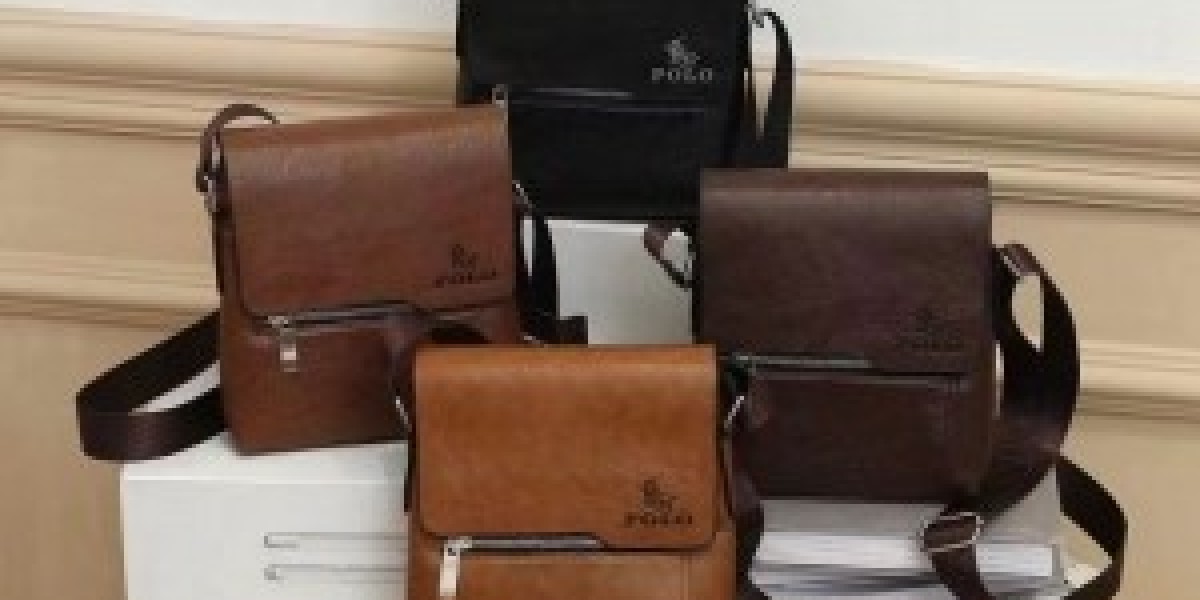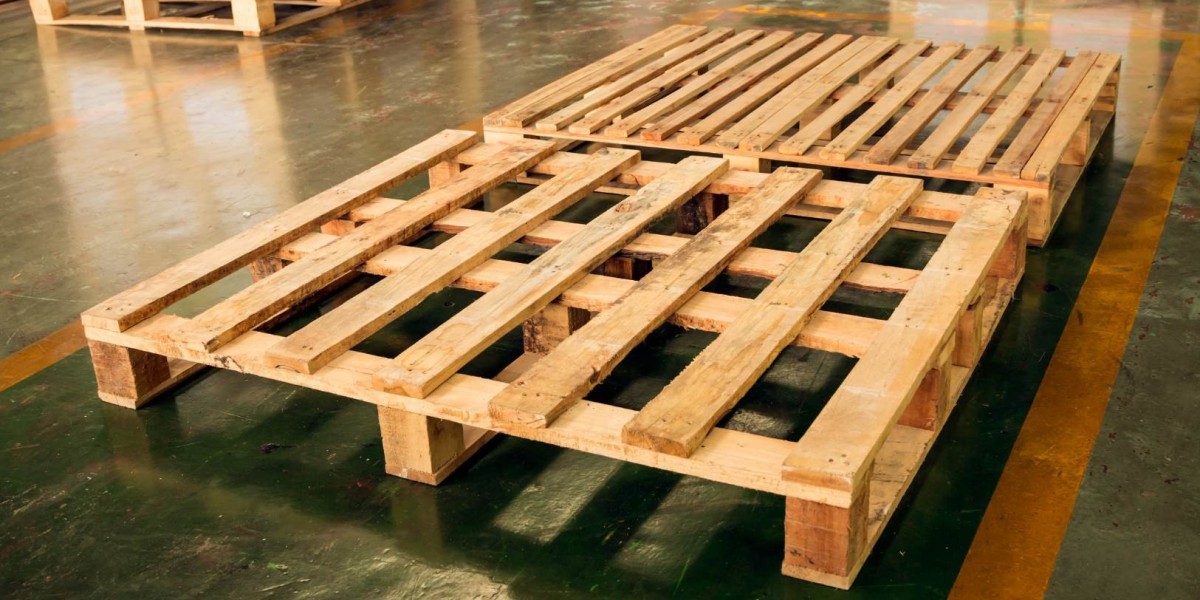In today's digital age, ecommerce has become an integral part of the jewelry industry. Whether you're a seasoned jewelry retailer or just starting your online journey, one of the most crucial aspects of selling jewelry online is having stunning, high-quality images that showcase your products. After all, in the world of online shopping, your customers can't touch or feel the jewelry, so your images need to do all the talking.
In this comprehensive guide, we will walk you through the process of preparing jewelry images for ecommerce in meticulous detail. From choosing the right equipment to editing and optimizing your photos, we've got you covered.
Equipment and Setup
Before you even think about taking pictures of your beautiful jewelry pieces, you need to ensure you have the right equipment and setup. Here's what you'll need:
Camera and Lens
Invest in a good quality DSLR camera. It doesn't have to be the latest and greatest, but it should have manual settings that allow you to control exposure, focus, and other important factors. When it comes to lenses, a macro lens is highly recommended for capturing intricate details of jewelry. This specialized lens is designed to get up close and personal with your jewelry, revealing every facet and nuance.
Tripod
A sturdy tripod is essential to eliminate camera shake and ensure sharp images. It also allows you to keep the camera at a consistent angle for consistent results. Choose a tripod with adjustable height and stability features to suit your shooting environment.
Lighting
Proper lighting is critical for jewelry photography. You can either go for natural light or invest in studio lighting equipment. Natural light can work well, but it's often inconsistent. If you opt for studio lighting, consider softboxes or diffusers to create soft, even lighting. These accessories minimize harsh shadows and reduce reflections on your jewelry.
Background
Choose a clean, neutral background that won't distract from your jewelry. White or light gray is a popular choice, but you can experiment with other colors as long as they complement your products. Ensure that your background is seamless, so there are no visible lines or distractions in your photos.
Jewelry Display
Using a jewelry display, such as a bust or stand, can help your jewelry pieces appear more lifelike in photos. It also makes it easier to position them for the perfect shot. Ensure that the display doesn't detract from the jewelry itself – it should enhance the overall aesthetic.
Taking the Perfect Shot
Now that you have your equipment and setup ready, let's dive into the art of taking the perfect jewelry shot.
Composition
Consider the composition of your shot. Jewelry photos often look best when the piece is the focal point. Use the rule of thirds to position your jewelry, and make sure it's the most prominent element in the frame. Experiment with different angles and arrangements to find the most visually appealing composition for each piece.
Focus and Depth of Field
Set your camera to manual focus to have complete control over what's in focus. For jewelry, you'll want a shallow depth of field, which means a low f-number (e.g., f/2.8 or f/4). This blurs the background, making your jewelry stand out. However, be careful not to overdo it, as you want enough of the piece to be in focus to showcase its details.
Exposure
Pay attention to exposure settings. Use a low ISO (100-200) to minimize noise, and adjust your shutter speed and aperture to achieve the right exposure. Bracketing can help you capture different exposures to choose the best one later. Use a light meter to ensure accurate exposure, especially in a studio setting with controlled lighting.
Angles
Experiment with different angles to capture your jewelry's unique features. Try overhead shots, close-ups, and shots at eye level. Don't be afraid to get creative and showcase your jewelry from various perspectives. Each angle can highlight different aspects of the piece, allowing your customers to get a comprehensive view.
Editing Your Jewelry Images
Once you've captured your jewelry images, the next step is editing. Editing is where you can enhance the visual appeal of your photos and make them truly shine.
Software
Use professional photo editing software like Adobe Photoshop or Lightroom to edit your images. These tools offer a wide range of editing options, from adjusting exposure to removing imperfections. They also provide advanced features for color correction and enhancement.
Retouching
Carefully retouch your jewelry images to remove any blemishes, dust, or scratches on the jewelry. Make sure the colors are accurate and vibrant. Pay attention to small details like adjusting gemstone colors to match their real-life counterparts. This step ensures that your jewelry looks as stunning in the photo as it does in person.
Background Removal
If you want a pure white background, consider removing the background entirely using techniques like clipping paths or the magic wand tool. This creates a clean, professional look. Alternatively, you can add a subtle drop shadow or reflection effect to make the jewelry pop against a white background.
Resizing and Formatting
Resize your images to the appropriate dimensions for your ecommerce platform. Most platforms have specific size recommendations. Save your images in the right format, usually JPEG, for web use. Aim for a balance between image quality and file size to ensure fast loading times on your website.
Optimizing for SEO and Performance
Your beautifully prepared jewelry images won't be effective if they don't load quickly on your website and perform well in search engine results. Here's how to optimize them:
Image Compression
Compress your images to reduce file size while maintaining quality. There are many online tools and plugins available for this purpose. Smaller file sizes mean faster loading times, which is crucial for retaining visitors on your site.
Alt Text
Add descriptive alt text to your images. Alt text not only helps visually impaired users but also improves SEO. Use relevant keywords to describe the jewelry piece and its attributes. Consider including details like the type of metal used, gemstone names, and any unique design features.
Image Sitemaps
Include your jewelry images in an image sitemap and submit it to search engines like Google. This helps search engines index your images and display them in image search results. Proper indexing can drive organic traffic to your product pages.
Page Speed
Optimize your website's overall performance to ensure fast loading times. Use a content delivery network (CDN) to distribute your images globally, minimizing server response times. Minimize code and leverage browser caching to speed up your site. A faster website not only pleases visitors but also boosts your search engine rankings.
Conclusion
Preparing jewelry images for ecommerce is a meticulous yet rewarding process. By investing in the right equipment, mastering photography techniques, and optimizing your images for SEO and performance, you can showcase your jewelry in the best possible light and increase your chances of online success. Remember, your images are the window to your jewelry store, so make them shine!
With dedication and practice, you can create a visually stunning online shopping experience that leaves a lasting impression on your customers. So, get your camera ready, and start capturing the brilliance of your jewelry today. By following these detailed steps, you'll not only prepare your jewelry images for ecommerce but also elevate your brand's online presence and attract a wider audience of jewelry enthusiasts.








